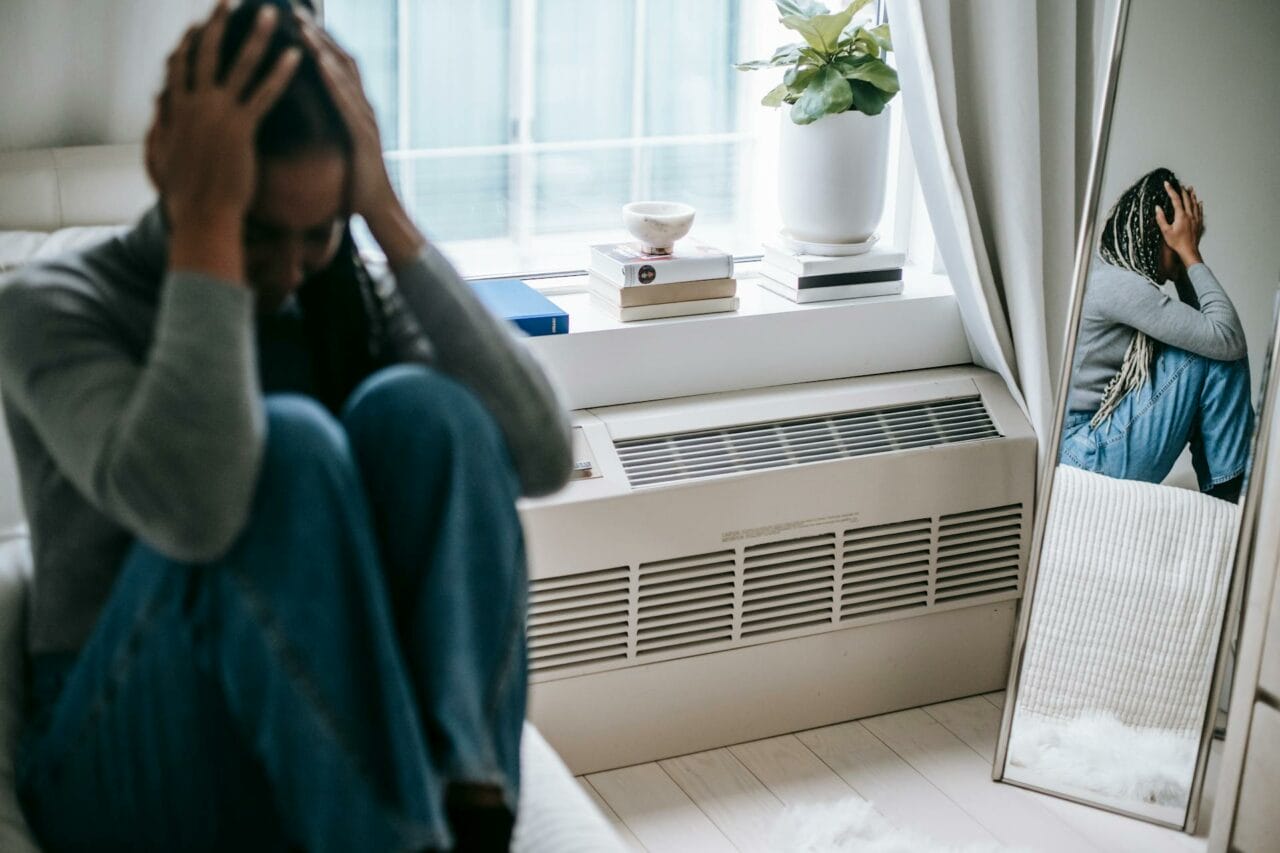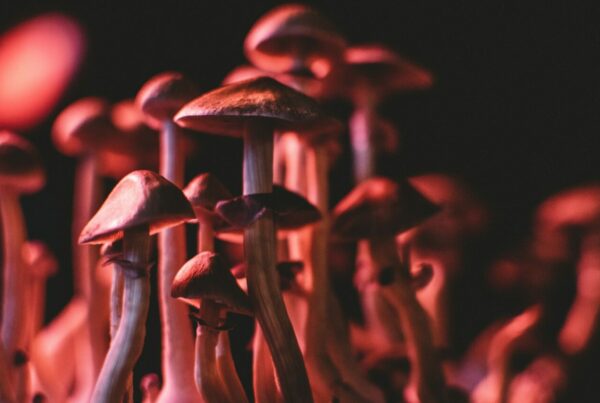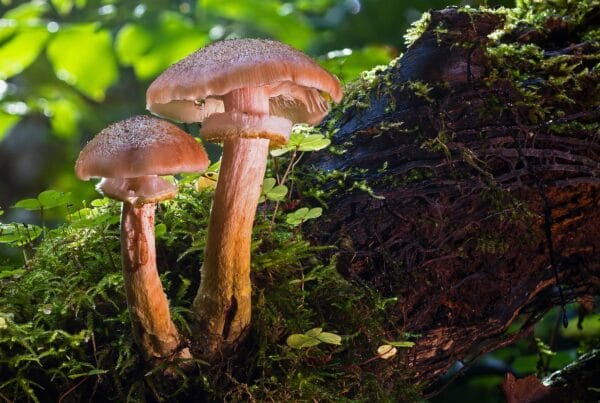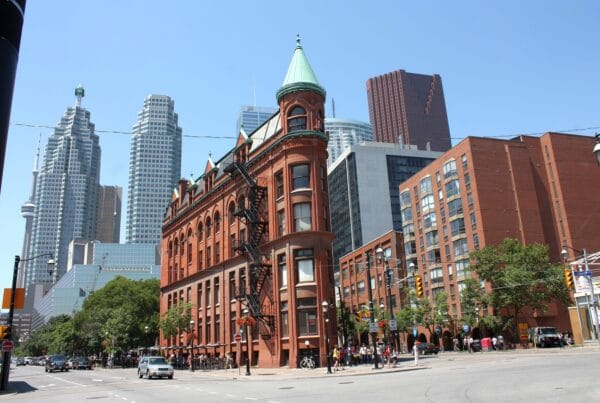Typically, anxiety is treated with medication and therapy. However, these methods may not be effective for everyone due to possible side effects. This has led to a growing interest in alternative solutions such as psychedelic therapy, which employs substances like “magic mushrooms Montreal” and more.
We welcome you to your prime source for buying psychedelics online in Canada. Our services are speedy, secure, and unobtrusive.
[toc]Key Points:
- Psychedelic therapy combines the curative effects of psychedelic substances with traditional talk therapy to expedite the healing process.
- Psychedelic therapy can boost emotional wellbeing and overall life quality via spiritual quests.
- The integration process is an essential method in psychedelic therapy meant to guarantee the enduring efficacy of the therapy session.
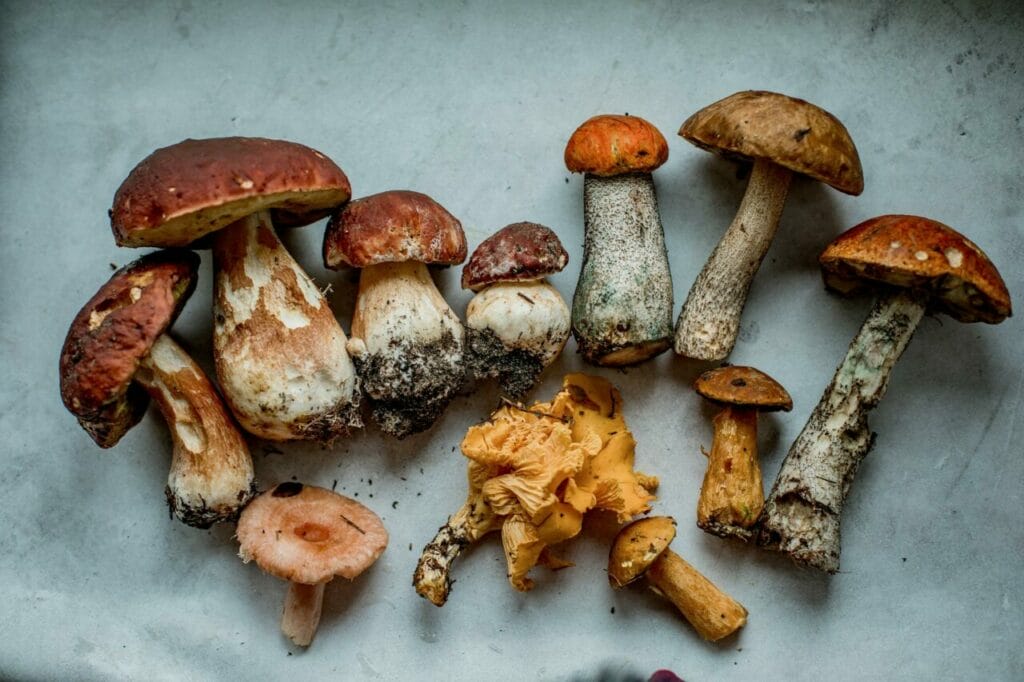
Anxiety Disorder Trends in Canada
According to the 2022 Mental Health and Access to Care Survey, the prevalence of anxiety disorders in Canada is alarmingly increasing. The proportion of Canadians aged 15 and above diagnosed with generalized anxiety disorder in the year preceding the survey has risen from 2.6% in 2012 to 5.2% in 2022.
Contrasting Conventional Treatment and Psychedelic Therapy
Standard treatments for anxiety disorders usually combine psychotherapy and medication. Psychotherapy, also known as psychological counselling, is a collaborative approach between a therapist and the patient to alleviate anxiety symptoms.
On the other hand, anxiety medications mitigate symptoms by tailoring the treatment to the specific kind of anxiety disorder and considering any concurrent mental or physical health issues. Although treatment may differ based on individual situations, psychotherapy and medication are the primary strategies.
In psychedelic therapy, sessions are unique as they include one or two doses of a psychedelic substance, coupled with other therapeutic
Methods:
Therapy Through Psychedelics
Psychedelic therapy is a healing approach that uses the beneficial properties of psychedelic substances to enhance the therapeutic process. These substances, known for their hallucinogenic characteristics, have been integral to holistic medicine and spiritual rituals in numerous cultures for millennia.
The two substances most frequently employed in these therapeutic practices are Lysergic acid diethylamide (LSD) and psilocybin. LSD triggers alterations in mood, perception, and awareness. Psilocybin, according to Health Canada, is the active component in magic mushrooms, and consuming these mushrooms can induce sensory experiences like visual, auditory, or tactile hallucinations.
Dosage Parameters for Three Sessions
In psychedelic therapy, practitioners assess patients to determine the appropriate psilocybin dosage for their sessions. This dosage varies, with some patients beginning at moderate levels, while others can handle larger amounts of the substance. The treatment plan typically involves one to three drug sessions, each lasting six to eight hours and spaced several weeks apart. This method differs from traditional medications, which require daily intake until a healthcare provider advises otherwise.
A Journey of Spiritual and Personal Transformation
Unlike anxiety medications, which are designed to manage symptoms, psychedelic therapy can elicit transformative visions or feelings of divine engagement, aiming to tackle the root causes of the condition. It can significantly impact emotional health and the quality of life.
The immersive journeys can result in profound realizations, increased self-understanding, and enhanced emotional regulation. Such outcomes can stimulate personal development, encourage positive behavioural modifications and bolster overall mental health.
Impacts
| Expanded Consciousness | Altered consciousness states offer a renewed worldview. | This heightened awareness typically results in:Deep insightsEpiphaniesEnhanced comprehension of oneself and surrounding environment |
| Emotional Healing | Enables emotional healing by offering the chance to face and process unresolved trauma, grief, or emotional pain. | This process contributes to:Accessing deeply rooted emotionsReleasing emotional blockagesPromoting emotional health |
| Increased Self-Awareness | Enhances connectivity among sensory brain areas while reducing connectivity within the default mode network. This network engages brain regions that are interconnected, focusing on self-focused thoughts and the individual’s perception of self.” | The functions of these regions include: Modifying negative patterns of thought, beliefs, and habitual behaviours. Enabling users to gain profound insights into their true selves, motivations, and interpersonal interactions. |
Somatic Therapy
Somatic therapy, while not traditionally linked to psychedelic therapy, is gaining recognition for its potential benefits. This body-centric approach explores the connection between the mind and body. It is based on the idea that past traumas can result in sensations becoming trapped within the body. Somatic therapists help individuals identify these bodily sensations and utilize therapeutic techniques to relieve the held tension.
Integration
This provides a platform for clients to achieve clarity, gain perspective, and develop wisdom from their psychedelic experiences. The process of transformation occurs during integration sessions with the therapist and through the client’s proactive steps outside of psychedelic explorations. Integration enhances the transformative effects of psychedelics by actively engaging with surfaced insights and emotional revelations.
Types of Integration
- Journaling. By documenting experiences, individuals can strengthen memories for easier future recall. It also allows clients to analyze their experiences from various perspectives to discover different interpretations, meanings, and relationships.
- Art. This provides an effective method to capture the complex feelings and emotions of a psychedelic journey in a creative and visually expressive way.
- Using Nature-based Approaches. These can be as simple as taking mindful walks in the woods or finding comfort next to a peaceful body of water. Therapists can assist clients in recognizing the intricate patterns in nature or suggest using natural elements like plants, stones, water, and candles as grounding tools.
- Participation in Integration Groups. Group sessions with individuals who have had similar experiences offer a valuable opportunity for reflection, support, and connection. The ability of psychedelic therapy to foster a sense of interdependence and shared understanding beyond individual boundaries is central to its approach.
The Importance of These Techniques in Anxiety Treatment
The core pharmacological principle behind all psychedelics is their ability to act as agonists, or activators, of serotonin (5-HT) 2A
Psilocybin is a psychedelic compound found in specific mushrooms, known for its ability to activate the brain’s serotonin 2A receptor. A major area of psychedelic research is understanding its effects on the brain’s default mode network. This network is notably connected with repetitive thoughts and is implicated in conditions like depression and anxiety disorders. When treated, anxiety levels can significantly decrease, with effects lasting up to a year after the treatment.
After a session involving psilocybin, which often includes profound spiritual experiences, the patient participates in a discussion with their therapist. In these psychotherapy sessions, trained healthcare professionals strive to listen carefully to the patient. They also employ specific strategies and techniques to enhance the positive outcomes of the treatment.
All these techniques work together to assist individuals suffering from anxiety, providing lasting relief in fewer sessions compared to traditional treatments.
Change Your World, One Session at a Time
Many people rely on traditional treatments for anxiety, but these are not effective or satisfactory for everyone. Psychedelic therapy offers a different approach, using unique methods that can trigger transformative experiences. These techniques work in harmony to deliver profound, long-term results—sometimes for up to a year after just one to three sessions.
Beyond improving mental health, this therapy could also offer significant cost savings for patients. Are you ready to explore a new path to wellness? Discover the potential of psychedelic therapy with Magic Mushrooms Calgary Canada.
Commonly Asked Questions
Is a particular kind of magic mushroom used for psychedelic therapy?
In studies of psychedelic-assisted therapy, it’s often overlooked to mention which type of mushroom is used. Generally, Psilocybe cubensis is the mushroom of choice.
Online magic mushroom dispensaries provide a variety of strains to suit different tastes. You have the freedom to choose any strain to experience the therapeutic benefits of psychedelics. However, be mindful and choose a reputable vendor to avoid acquiring harmful magic mushrooms from dishonest sources.
What is the duration of psychedelic therapy?
The duration of psychedelic therapy can vary as it involves several stages. A single session where the psychedelic is ingested lasts between 4 to 8 hours. The entire therapy process, including preparation, the session itself, and subsequent discussions, can take anywhere from a few weeks to several months.
As for long-term effects, individuals often report improvements in their mental health for many months, or even up to a After just a year or a handful of sessions, significant improvements may be seen.
A few therapy sessions are included in this process.
Does the therapist guide the patient during their spiritual journey?
During this process, specialists such as therapists or other professional staff can provide guidance to the patient. Studies show that Spiritual Health Practitioners (SHPs) offer unique and invaluable support, significantly improving participants’ wellbeing and aiding their spiritual journey. Some individuals might opt for SHP assistance, while others may rely on the guidance of an available therapist or specialist.
Does the “set and setting” play a role in the process of psychedelic therapy?
Yes, both the individual’s mindset (set) and the physical surroundings (setting) play crucial roles in safely facilitating spiritual experiences during a psychedelic therapy session. The individual’s mental state heavily influences their spiritual journey, shaping the experience both before and during the psychedelic session. Factors such as beliefs, expectations, emotional states, and intentions determine the direction and depth of the experience.
Primary Source: Psychedelics as Emerging Treatments for Anxiety Disorders: Opportunities and Challenges in a Budding Field – PMC (nih.gov)
About the Authors:
Franklin King, IV, MD. and Rebecca Hammond, M.D.
Related Articles:

